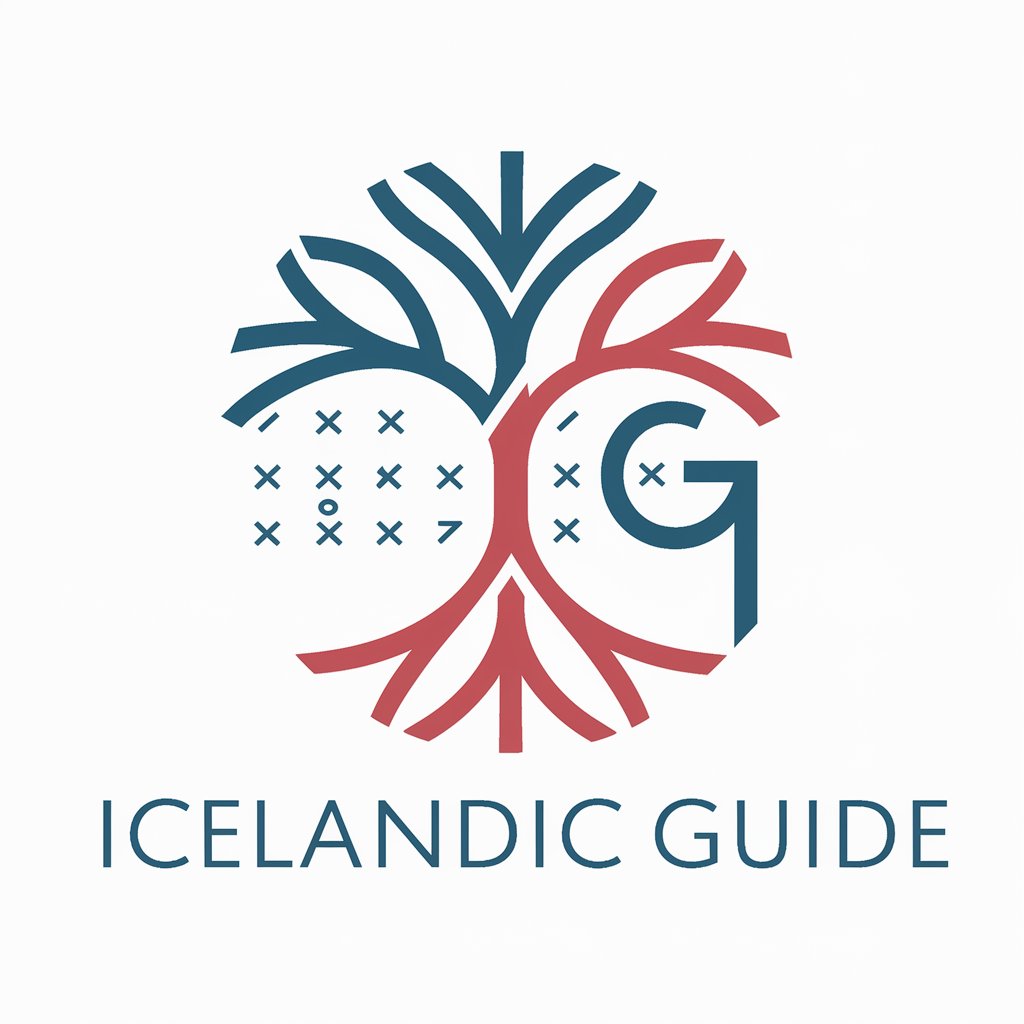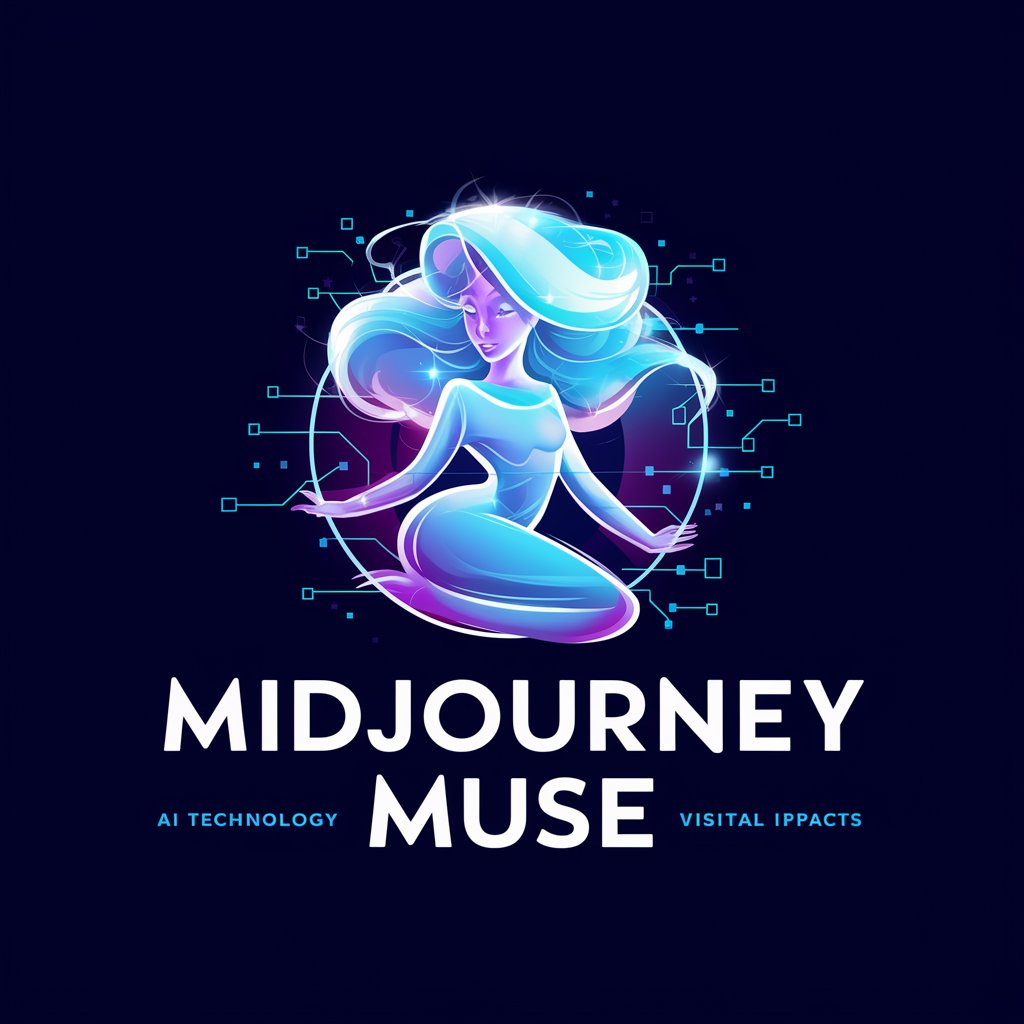Lucid Dreaming Guide - Lucid Dreaming Assistance

Navigate dreams with AI-powered guidance.
What are some techniques to achieve lucid dreaming?
Can you explain the science behind lucid dreaming?
What does it mean to dream about flying?
How can I maintain a lucid dream without waking up?
Get Embed Code
Introduction to Lucid Dreaming Guide
Lucid Dreaming Guide is a specialized GPT designed to assist individuals in achieving and navigating the unique state of consciousness known as lucid dreaming. In lucid dreams, the dreamer is aware that they are dreaming and may gain a degree of control over their actions, the dream environment, and the narrative. This GPT provides a comprehensive suite of techniques, insights, and scientific explanations tailored to enhancing the lucid dreaming experience. For example, it offers guidance on reality checks—a method where one periodically tests their environment to distinguish between waking and dreaming states, thereby increasing the likelihood of achieving lucidity in dreams. Powered by ChatGPT-4o。

Main Functions of Lucid Dreaming Guide
Technique Suggestions
Example
Reality checks, Wake Back To Bed (WBTB), and Mnemonic Induction of Lucid Dreams (MILD)
Scenario
A user new to lucid dreaming learns to perform reality checks throughout the day, such as trying to push a finger through their palm. This habit carries over into their dreams, leading to moments of lucidity.
Dream Interpretation
Example
Interpreting common dream symbols like flying or falling
Scenario
A user shares a recurring dream about flying above their city. The guide offers insights into this symbol, suggesting it may represent a desire for freedom or escape from daily pressures.
Scientific Explanation
Example
Explaining the role of REM sleep in dreaming
Scenario
A user curious about why dreams are more vivid and frequent during certain sleep stages receives a detailed explanation on the phases of sleep, particularly REM, and its importance for dreaming and lucid dreaming.
Safety Guidelines
Example
Advising on maintaining a healthy sleep schedule
Scenario
An enthusiastic user attempts lucid dreaming techniques nightly, leading to sleep disruption. The guide advises on balancing lucid dreaming practices with the need for restorative sleep.
Ideal Users of Lucid Dreaming Guide
Lucid Dreaming Beginners
Individuals new to the concept of lucid dreaming who seek to understand and experience this state for the first time. They benefit from basic techniques, safety tips, and foundational knowledge provided by the guide.
Experienced Lucid Dreamers
Those who have experienced lucid dreams and wish to deepen their practice. They benefit from advanced techniques, interpretation insights, and scientific explanations to enhance control and understanding of their dreams.
Researchers and Psychologists
Academics and professionals studying dreams and consciousness can utilize the guide for up-to-date scientific information, theories, and community experiences around lucid dreaming.
Creative Professionals
Writers, artists, and designers seeking inspiration or creative problem-solving through dream exploration. Lucid dreaming can serve as a powerful tool for creativity, offering unique experiences and perspectives.

How to Use the Lucid Dreaming Guide
1
Start by visiting yeschat.ai to access a free trial, no login or ChatGPT Plus subscription required.
2
Familiarize yourself with the guide's features, including technique suggestions, dream interpretation, and scientific explanations related to lucid dreaming.
3
Choose a lucid dreaming technique to practice, such as reality checks or the wake-back-to-bed method, based on your experience level and preferences.
4
Use the guide to track your progress and adjust your techniques as needed. Incorporate the provided tips for improving dream recall and lucidity.
5
Explore additional resources and read up on the latest research in lucid dreaming to deepen your understanding and enhance your experience.
Try other advanced and practical GPTs
شيخ جي بي تي
Empowering Islamic Learning with AI

SanskritMind
Unveiling Ancient Wisdom with AI

ALS Specialist
Empowering ALS knowledge with AI

Geocache Muse
Craft Your Adventure with AI

NEMSIS Data Expert
Transform EMS Data into Insights

Control Legal de Información en Redes Sociales
Empowering social media with AI-driven legal insight

Icelandic Guide
Translating English to Icelandic with AI precision

Profesor de Alemán
Master German with AI-powered guidance.

Image Muse
Crafting Your Creative Vision with AI

Freizeitanbieter Google Review Automator
Automate your Google Review responses with AI.

Italian Chef
Master Italian Cooking with AI

Nubapi
Empowering Real-time Data Verification with AI

Frequently Asked Questions About the Lucid Dreaming Guide
What techniques can the Lucid Dreaming Guide help me practice?
The guide offers support for a variety of techniques including reality checks, mnemonic induction of lucid dreams (MILD), wake-back-to-bed (WBTB), and more, tailored to both beginners and experienced practitioners.
Can the guide interpret my dreams?
While the guide provides insights into common dream symbols and themes, it emphasizes that dream interpretation is subjective and encourages users to explore their own personal meanings.
How does lucid dreaming work scientifically?
Lucid dreaming occurs during REM sleep, involving heightened awareness and control over dreams. The guide explains the role of various brain regions in this process and how certain factors can influence dream lucidity.
Is lucid dreaming safe?
Yes, when practiced responsibly. The guide underscores the importance of maintaining a healthy sleep schedule and not letting attempts at lucid dreaming lead to sleep deprivation.
Where can I find more resources on lucid dreaming?
The guide directs users to a selection of online resources, including scientific publications, forums, and communities dedicated to lucid dreaming research and practice.
